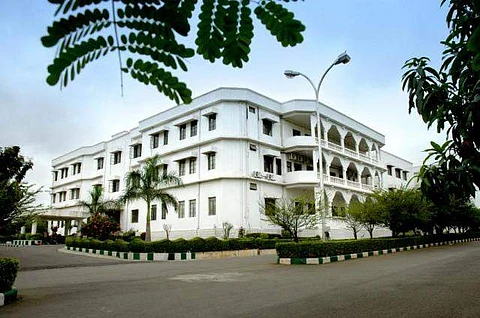

Researchers at IIIT Hyderabad are using machine learning for diagnosis and prognosis of cancer by analysing microscopic examination of tissue. The computational models developed by IIIT is able to classify subtypes of renal cancer and predict patient survival from the digital images. The study revealed that the model achieved over 90 per cent accuracy in determining whether the histopathological images was a tumour or not and were 94 per cent accurate in determining its subtypes.
Plans are afoot to expand the scope of research beginning with lung cancer which is most prevalent in the country. "Analysis of these histopathological images (of sample tissues) is something we hadn't done before. The aim was to see how a computer can interpret those images. Histological images contain markers of disease progression and phenotypic information that can have diagnostic and predictive values," said Dr Vinod PK from the Centre for Computational Natural Sciences and Bioinformatics (CCNSB), IITH.
He added that unlike manual microscopic analysis which takes a considerable amount of effort and time, the machine makes possible timely detection and diagnosis of cancer. A machine can also step in where there are differing opinions among pathologists. "When opinions are divided, there is a lot of subjectivity and it varies from pathologist to pathologist. A computer-aided interpretation could help in resolving these sorts of issues by aiding and not replacing the pathologist," added Dr Vinod.
Another interesting aspect of the model is that it makes survival predictions on the basis of tumour shape and nuclei features. Apart from this, when a tissue sample is taken for biopsy, it's known from where it is taken but the site of origin can not be ascertained. IIITH researchers have managed to show that there can be different sites of origin in renal cancer.
The IIITH research team has been able to classify 33 different types of cancers till now using histopathological images from the US government-funded, Cancer Genome Atlas Project. It now wants to work with Indian cancer data sets. "The team is in talks with pathologists of various hospitals in the city to popularize scanning and digitizing microscopic slides. At the institute-level too, we want to aggressively push in this direction by hiring post-doctoral students to this project," said Dr Vinod.
